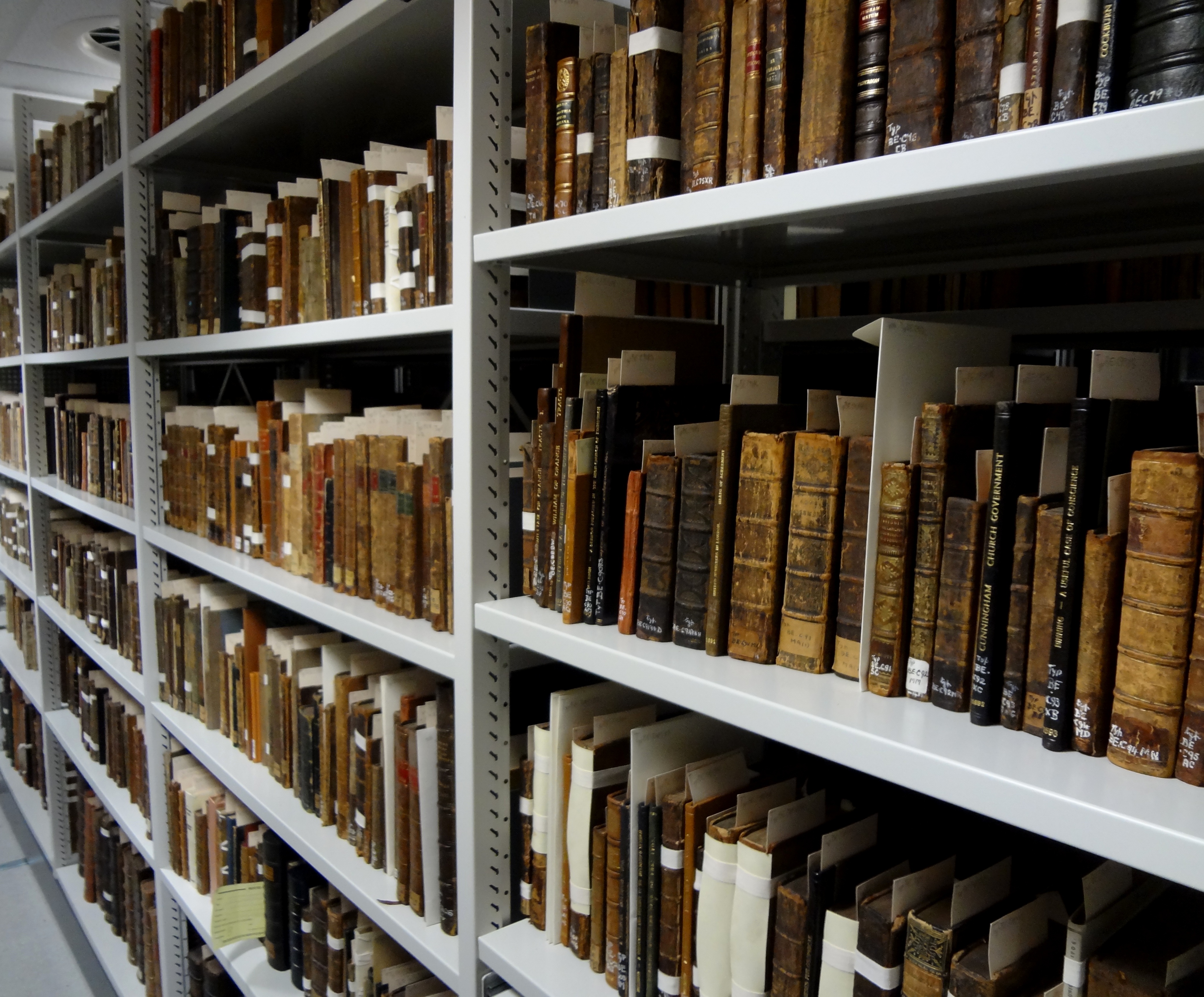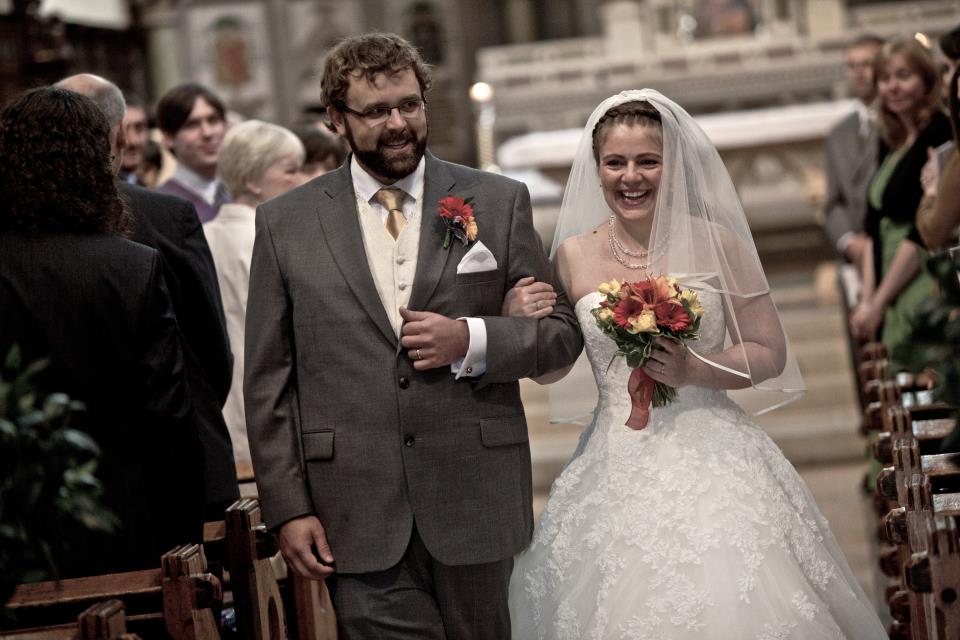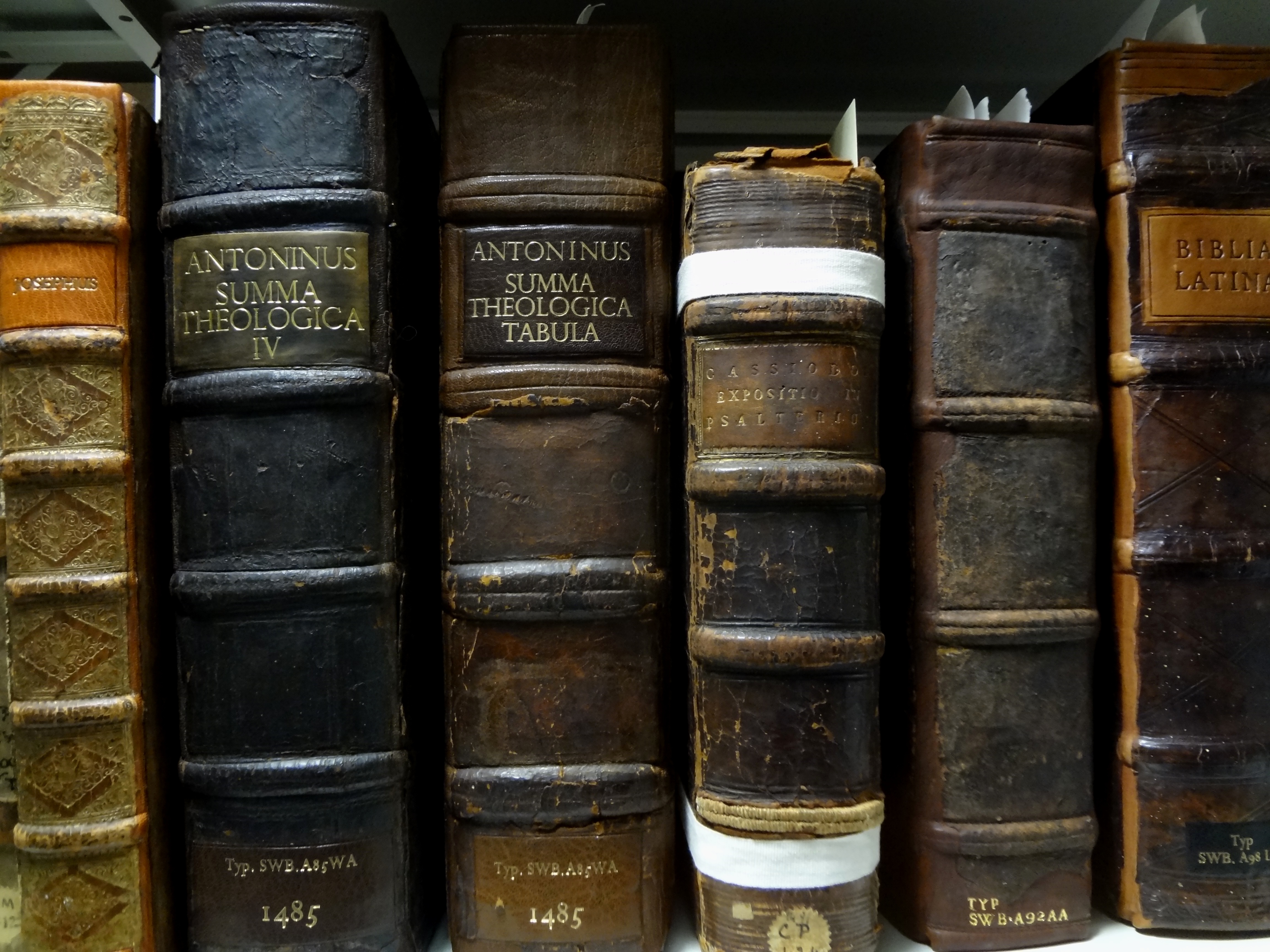Full cataloguing of the British portion of the Typographical Collection complete!
A year’s work, on the shelf
When I took up the position of Rare Books Cataloguer in July 2010, the first task that was given to me was to catalogue the British portion of the Typographical Collection in full DCRM(B) format, with special attention given to binding and provenance history. The majority of these books had never been properly catalogued nor available online, and the estimated number of physical volumes was somewhere around 2,000.

One year and three months later, I finished! It has been a momentous year professionally as well as personally. The project got off to a great start, and the first six months of work was a slice of bibliographic Nirvana. Because the collection is arranged geographically by city and then chronologically, I was able to get a very clear picture of the printing quality and quantity of each of the cities that our collection covers. Of course, the largest number of English imprints comes from London, but it was also a real pleasure to see some of the output from Oxford and Cambridge. The Scottish portion of this collection offered a truly intense and exhaustive examination of the printing output of Edinburgh and Glasgow, as well as smaller places such as Cupar, Perth and Dundee all the way up to the 1800’s. I could now probably identify a Hart, Foulis, Morison or Tullis edition without a title page with a certain amount of confidence.
Even though it has been over a year in the making, the project was interrupted at many points. In the Spring of 2011, the Department of Special Collections undertook the enormous task of removing all of its collections (books, manuscripts, muniments and photographs; something like 11km of shelved material) to a temporary store to allow for the refurbishment of the Main Library.
Because of the project nature of my work, I was exempt from the majority of this work, and continued cataloguing as the entire department was disassembled around me. However, in the last months of decanting, I was roped in and did my fair share of heaving cartons full of really old stuff all over St Andrews …

Then there was the settling into to our luxurious new office accommodation, a stack of portakabins, and all the issues that came with that …

And then finally, I thought that after all of that, it would be a great time to get hitched …

And then go on a really long honeymoon …

So in reality, I spent 235 working days on this project, which is equivalent to 47 working weeks, or just at a year if you include holiday time. In this year I ended up cataloguing 2,420 works that were housed in 1,835 volumes (for those of you counting, that’s about 11 items per day catalogued to the highest of rare books standards). During this project I uncovered about 75 items that were completely unique (i.e., St Andrews holds the only copy recorded in the world) and about 400 items that were extremely rare (under 6 copies known to exist). I’ve updated over 8,000 bibliographic records in my aim to bring our records under more stringent authority control, and I’ve updated or created 2,430 holdings records in ESTC.
In many jobs, it’s often hard to equate progress with any one physical thing. In my case, the progress of this past year’s work is physically represented by each volume on the shelf, and that shelf span is something like 75-80m.
Not bad for a year’s work, eh?
My favourite item from the TypB’s? TypBL.B55WBo2. This was not only a great bit of printing, but the discovery of a contemporary recipe for a pomander against the plague, including the quantity of ingredients and the cost of each, was electrifying.
What’s next? The full cataloguing and reporting of the Incunabula collection, roughly 170 items with wildly varying provenance and binding histories, and a whole new bucket of worms …

–DG
Well done Daryl! Hope that bucket of worms aren't to be found in the incunables!!!